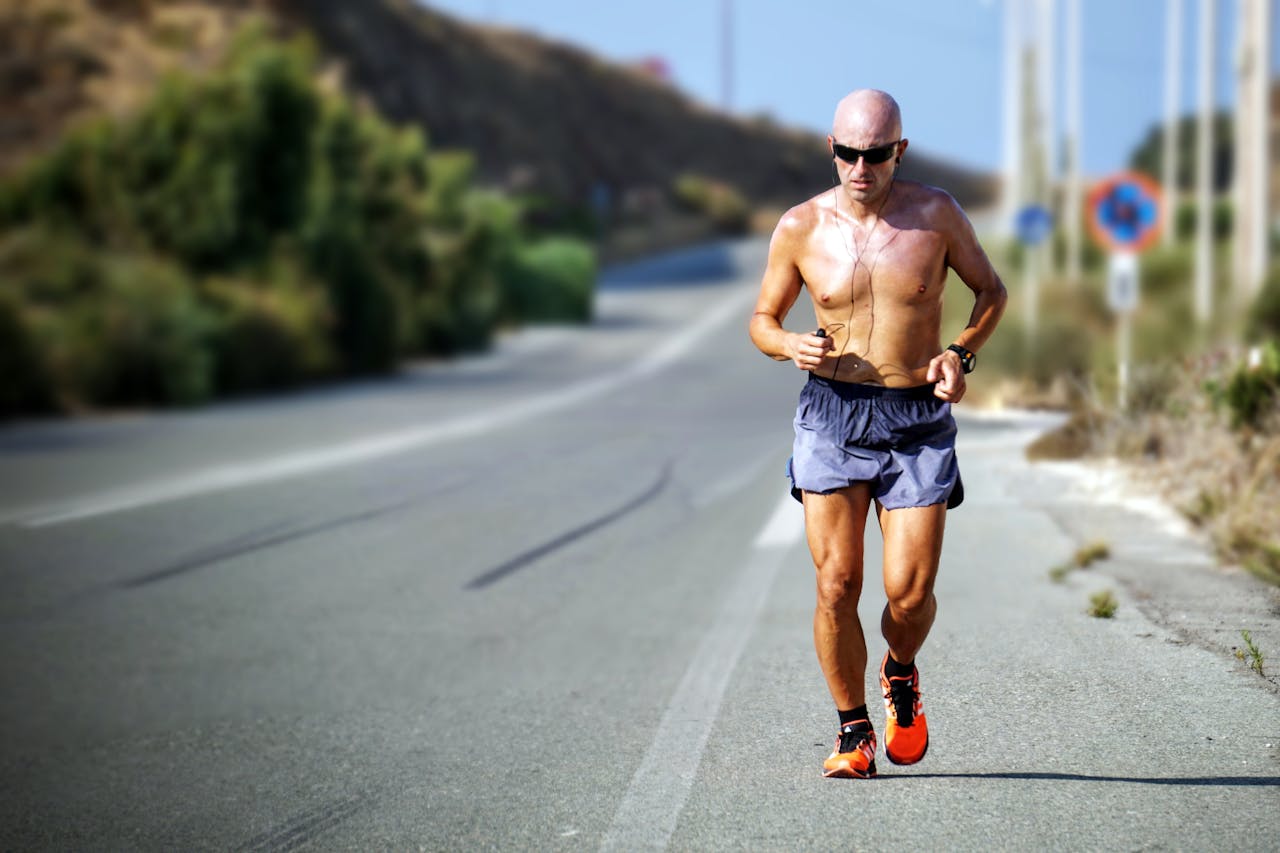I remember turning 40 and thinking, “Well, here we go…the downhill slope!” My mates would joke about their “dad bods” and backaches, while others warned me to expect a slower metabolism and creaky knees.
But as I stepped into my 40s, I realized something: this decade wasn’t about giving up; it was about stepping up.

The Reality of Fitness in Your 40s
When you hit your 40s, your body starts changing. You might notice:
- Slower metabolism: It’s easier to gain weight, even if your eating habits haven’t changed.
- Muscle loss: Without regular strength training, muscle mass naturally declines.
- Aches and pains: Years of wear and tear can show up as joint stiffness or old injuries making a comeback.
- Longer recovery times: You may need more time between workouts to feel your best.
The good news? These changes aren’t roadblocks, they’re just opportunities to fine-tune your fitness plan.
Why Fitness in Your 40s Matters
Staying active in your 40s is about more than looking good in a pair of swimmers. It’s about keeping your energy levels high, reducing the risk of chronic illnesses like heart disease or diabetes, and staying mobile and strong for the years ahead. Plus, exercise is a proven mood booster. A win for managing stress or the occasional mid-life blues.
Your Fitness Toolbox for your 40s
1. Strength Training
When I first adjusted my strength training seriously in my 40s, I noticed an immediate difference. Not just in my body, but in how I felt day-to-day. Lifting weights is essential for combating muscle loss, keeping your metabolism humming, and strengthening your bones.
What to do: Incorporate compound movements like squats, lunges, push-ups, and rows.
2. Mobility and Flexibility
We’ve all heard the saying, “Use it or lose it.” Nowhere is that truer than with your mobility. Stretching or yoga can keep your joints healthy and help you move freely.
Where to start: Dedicate 10 minutes after each workout to dynamic stretches or foam rolling. Check out local yoga studios or free YouTube classes like Yoga with Adriene.
3. Cardiovascular Fitness
Cardio isn’t just for weight management, it’s vital for heart health and stamina. If running feels hard on your knees, try something low-impact.
What works: Cycling along a trail, or swimming at your local beach or pool. Aim for 150 minutes of moderate activity per week.
4. Core and Stability
A strong core isn’t about six-packs; it’s about preventing lower back pain and improving your balance and posture.
Best moves: Planks, bird dogs, and standing balance exercises like single-leg deadlifts.
5. Recovery is Key
I learned this the hard way—pushing too hard without proper recovery left me feeling burnt out. In your 40s, rest and recovery are just as important as exercise.
Tips: Prioritise sleep, hydrate well (yes, even during winter!), and schedule rest days. Incorporating activities like pilates or tai chi can help your body feel rejuvenated.
Overcoming Common Challenges
- Time pressures: Between work and family, time feels tight. Fit exercise into your schedule by booking it like a meeting or trying shorter, more intense sessions.
- Fear of injury or re-injury: Start slow and focus on form. If unsure, consult a personal trainer or physio.
- Staying motivated: Set small, achievable goals and track your progress. Whether it’s tackling a local fun run or improving your pull-up game, having something to work towards keeps things exciting.
Aussie Resources to Get You Moving
- Parkrun Australia: Free weekly 5km runs in parks nationwide. Great for socializing and cardio!
- LiveLighter: A government initiative offering healthy recipes, exercise tips, and free fitness planners.
- Australian Physiotherapy Association: Find a physio to help you with injury prevention or recovery.
Final Thoughts
Your 40s can be a decade of strength, vitality, and exploration if you prioritize your health. Whether you’re lifting weights, walking your dog on the beach, or stretching in your living room, every little effort counts.
This is the time to invest in yourself, not just for now but for the years ahead. Rewrite the narrative about fitness in your 40s. It’s not the beginning of the end, it’s the start of something amazing.
References:
- Australian Government Department of Health: Physical Activity Guidelines
- LiveLighter: Healthy Living Resources
- Parkrun Australia



